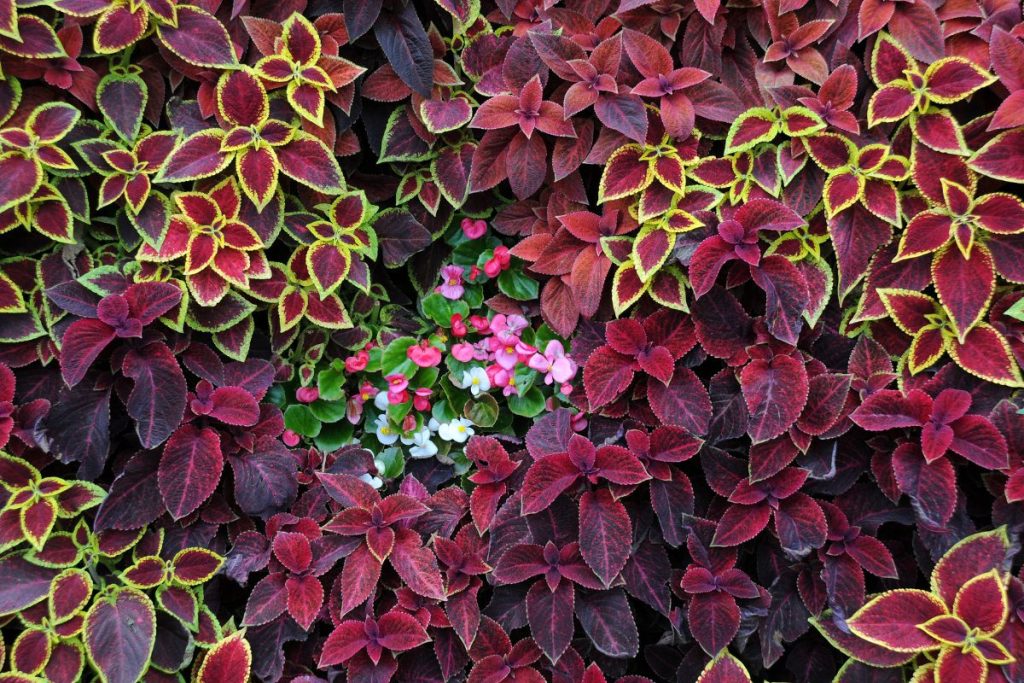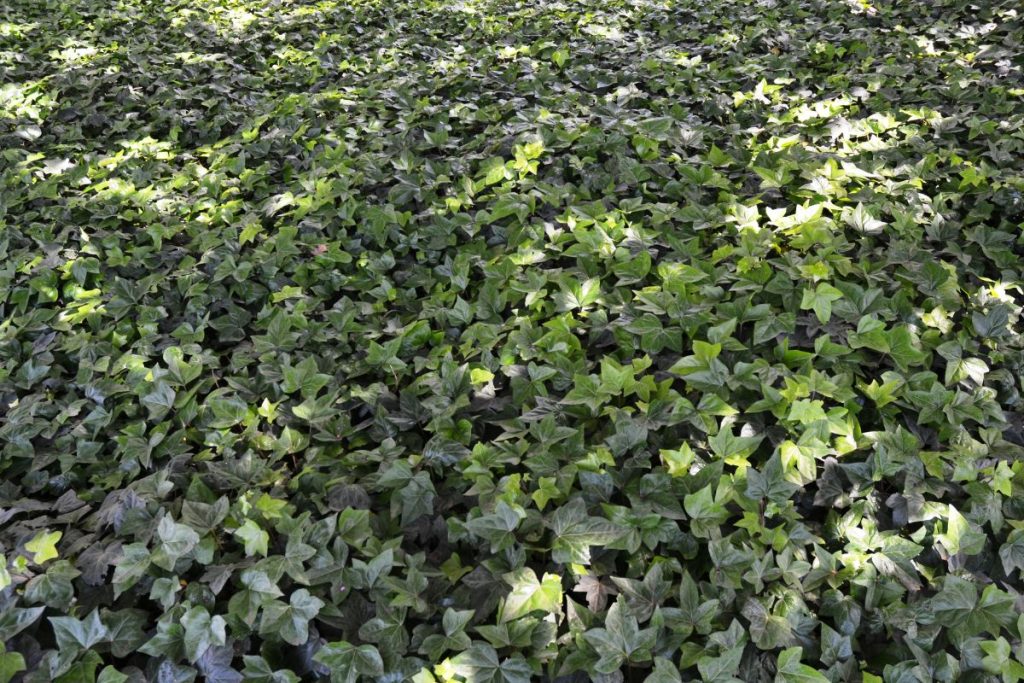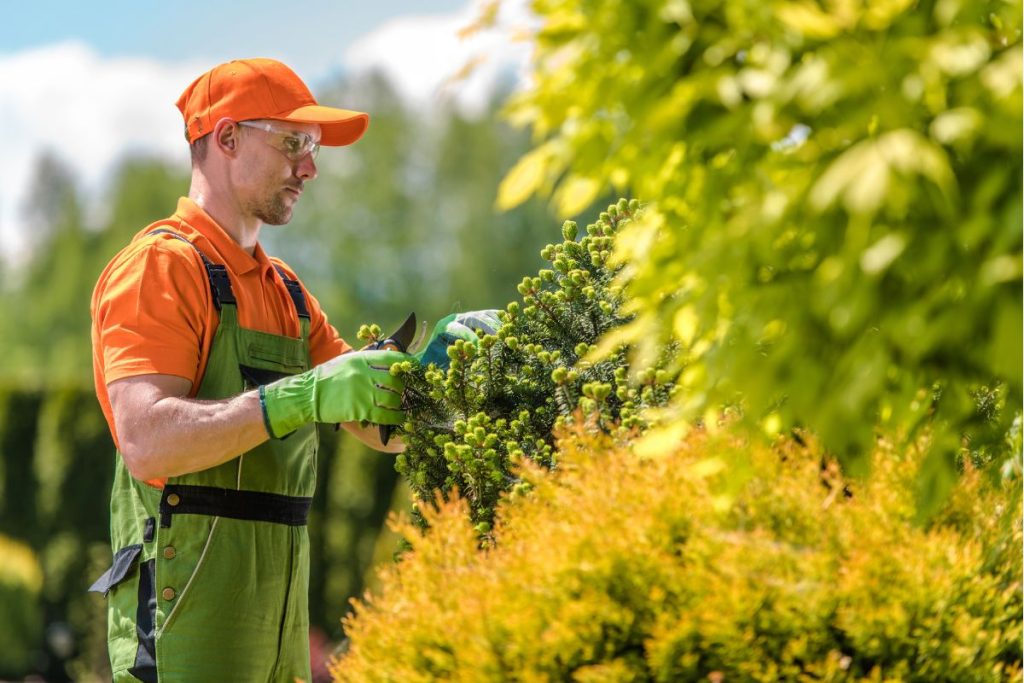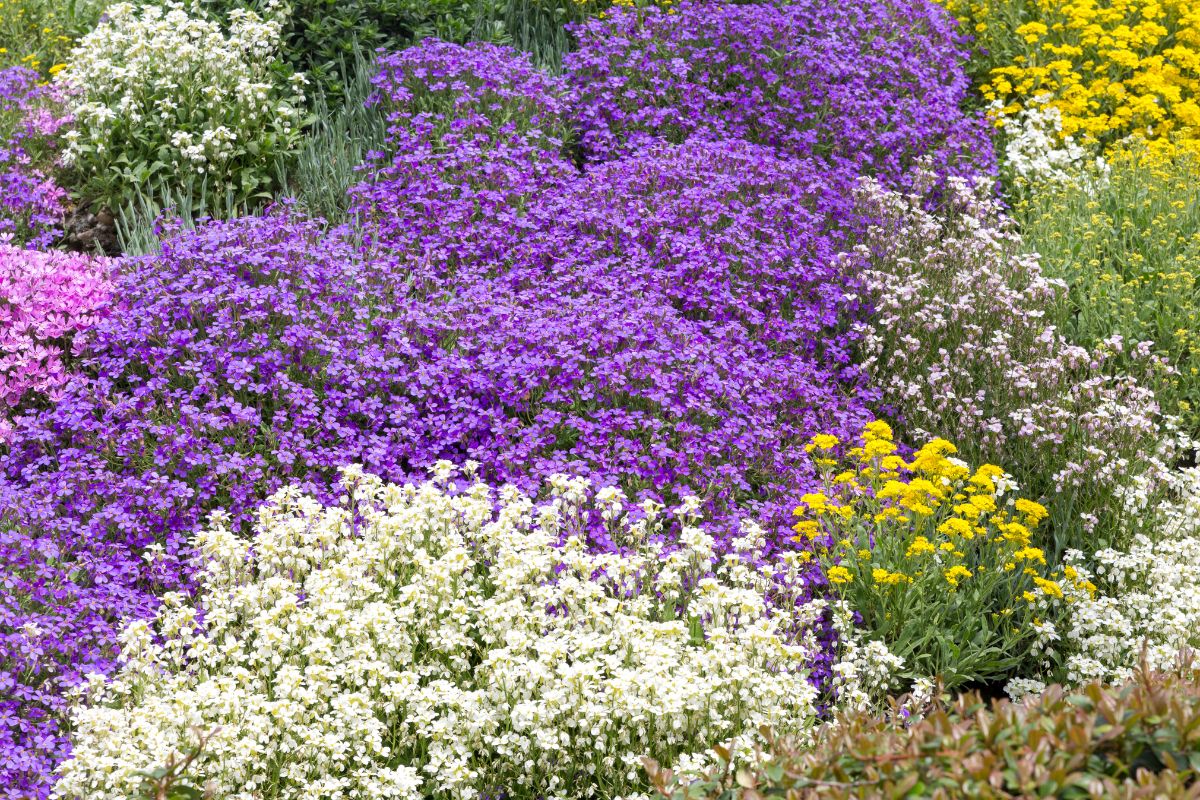As summer months approach, so do the unbearable heat waves that make outdoor activities tedious and sometimes unbearable. But with a proper ground cover, you can protect your garden from the burning rays and keep it healthy, vibrant, and alive all throughout the season.
Here, you’ll learn the secret to choosing the best ground cover for shade, so you can enjoy summer activities without worrying about the heat. To help you find the perfect balance of shade and sustainability, we’ve put together a guide to the best ground cover for shade.
So, read on to discover which plant is made for your yard and how to keep it looking healthy every summer.
Understanding the Benefits of Ground Cover for Shade

Ground cover is an effective way to create shade and regulate temperatures in your garden. It’s not just an aesthetic addition to your garden – it can also provide numerous benefits for plants, both in summer and winter.
Ground cover plays an important role in providing shade and regulating temperatures for plants. By blocking direct sunlight, ground cover helps to reduce the temperature of the soil and prevent plants from getting too hot in the summer. Plants that have been exposed to too much sunlight are more prone to wilting and other heat-related problems.
Ground cover also helps to reduce water loss from the soil. By blocking direct sunlight, it prevents the soil from drying out too quickly and also reduces water loss through evaporation. This can be especially beneficial during summer when plants need extra protection from the heat.
In addition to providing shade, ground cover also helps to protect plants from extreme weather conditions. It can act as a barrier against strong winds and help to protect delicate plants from being damaged by wind-borne debris. It can also help to keep plants safe from extreme cold and frost during winter.
Ground cover can also provide valuable habitat for beneficial insects. Insects like bees, butterflies, and other beneficial pollinators can make use of the shade and moisture provided by ground cover to lay their eggs and feed on nectar-rich flowers.
So if you’re looking for an effective way to create shade and regulate temperatures in your garden, ground cover is an excellent option. Not only does it provide numerous benefits for plants, but it can also add an attractive aesthetic to your garden. With the right ground cover, you can make sure your garden is protected from extreme weather conditions and ready to thrive in summer and winter.
How to Choose the Best Ground Cover for Your Garden

Ground cover for shade has a variety of options that can help you create a beautiful garden while also providing protection from extreme sun exposure. The most popular varieties of ground cover include mosses, grasses, and flowering perennial plants. However, before selecting a ground cover for shade, you should understand the needs of your garden and the type of plants you want to cover.
For gardens with lighter shade, mosses are an excellent option. Mosses thrive in shaded areas and require little maintenance. They are also low-growing, making them perfect for pathways and other areas of the garden. Mosses come in a variety of colors, shapes, and textures, which can add a beautiful look to your garden.
Grass is another great option for areas of the garden that have more partial shade. Types of grass that are more tolerant of shade include fescue, bluegrass, and bentgrass. These types of grass can add a vibrant green hue to your garden and help protect it from the summer heat.
Flowering perennial plants are another excellent choice for ground cover in shade. Perennial plants are low-maintenance and come in various shapes, sizes, and colors. They can provide brilliant color to an otherwise dull garden, and their blooms will attract bees and other pollinators. Some of the best perennial plants for ground cover in shade include astilbes, hostas, and bleeding hearts.
When selecting the best ground cover for shade, it is important to consider the amount of sun exposure, the type of soil, and the size and shape of your garden. Evaluate the needs of your garden before making a selection to ensure that you choose the best ground cover for your needs. With the right ground cover for shade, you can create a beautiful and lush garden that is protected from the summer heat.
Low-Maintenance Ground Cover Varieties That Thrive in the Shade

Finding a low-maintenance ground cover that thrives in the shade can be a challenge. But, with the right selection of plants, you can create an attractive and healthy garden that will provide ample beautiful shade when the summer heat arrives.
The best ground cover for shade falls into two categories: perennials that thrive in shade and evergreen ground covers. Perennials, such as ferns, hellebores, and Japanese painted ferns, can be planted in large clumps or as a single ground cover. They are hardy and easy to maintain, and require very little pruning.
Evergreen ground covers, such as creeping phlox and pachysandra, are low-maintenance and provide year-round ground cover. They do best in partial or full shade, and require only occasional pruning to keep their shape and control their spread.
Ground covers that thrive in the shade can add a unique texture and shape to your garden. Hostas are a popular perennial with large, lush leaves that provide great shade coverage. They’re also low maintenance and easy to care for, needing only occasional watering and occasional division.
If you’re looking for a ground cover that can handle sun and shade, then consider Sweet Woodruff. This hardy evergreen ground cover is perfect for areas with partial shade, and it has small white flowers in the spring. Sweet Woodruff is also very low-maintenance, requiring only occasional watering and fertilization.
For a unique and interesting addition to your garden, there’s no better choice than Sedum. Sedum is a succulent with flat, fleshy leaves and small yellow flowers. It’s drought-tolerant, making it an ideal choice for areas with partial shade. Sedum can also be propagated easily, so you can quickly create a large expanse of ground cover.
When choosing the best ground cover for shade, it’s important to consider the needs of your garden and the amount of maintenance you’re willing to do. With the right selection of plants, you can create a thriving and low-maintenance garden that will provide ample shade when the summer heat arrives.
Tips on Planting and Maintaining Ground Cover in the Shade

Shade can be one of the most difficult areas of your garden to keep looking vibrant and healthy. Before deciding on the best ground cover for shade, it’s important to understand the basics of planting and maintaining ground cover in the shade. Here are a few tips that will help you make the most of this part of your garden.
First and foremost, when planting any ground cover in the shade, it’s important to first prepare the area properly. This includes making sure to dig up and remove any weeds, stones, or other debris that could interfere with the growth of the ground cover. Loosening the soil and adding some compost to the area can also help improve the ground cover’s chances of survival.
Next, it’s important to consider the kind of ground cover that will work best in the shade. The best ground cover for shade is often one that is low-growing and evergreen, such as sweet woodruff, pachysandra, or vinca minor. These plants are able to tolerate less sunlight than other ground covers and will still be able to thrive in a shaded area.
When planting the best ground cover for shade, make sure to create a soil bed composed of a mixture of soil, compost, and sand. This will help the ground cover to establish strong roots and prevent it from drying out. It’s also important to water your ground cover regularly, as too much or too little moisture in the soil can cause the ground cover to die off quickly.
Once your ground cover has been planted, it’s important to maintain it properly. Regularly trimming and pruning the ground cover can help keep it looking neat and tidy, while also helping to promote more growth. Adding a layer of mulch to the area around the ground cover can also help to keep the soil moist and prevent weeds from growing in the area.
Finally, it’s important to keep an eye out for any pests or diseases that could affect your ground cover. If you notice any issues with the ground cover, be sure to act quickly to stop the problem from becoming worse.
By following these tips, you can ensure that the best ground cover for shade in your garden is well-maintained and able to withstand the summer heat.
Conclusion
When it comes to selecting the best ground cover for shade, taking the time to research the right plants, soil mixture, and light exposure can make all the difference. With careful consideration, you can create a successful shade garden that will be able to withstand the heat of summer.
If you’re interested in having the best ground cover for your lawn and property, Glover Landscapes is here to help.
We have a range of landscaping services to guarantee the landscape of your dreams. If you’re interested in doing something new with your landscaping, feel free to reach us by calling (404) 510-6437 or by putting in a request for a free estimate through our website form. Choose Glover Landscapes for your landscaping needs today!


